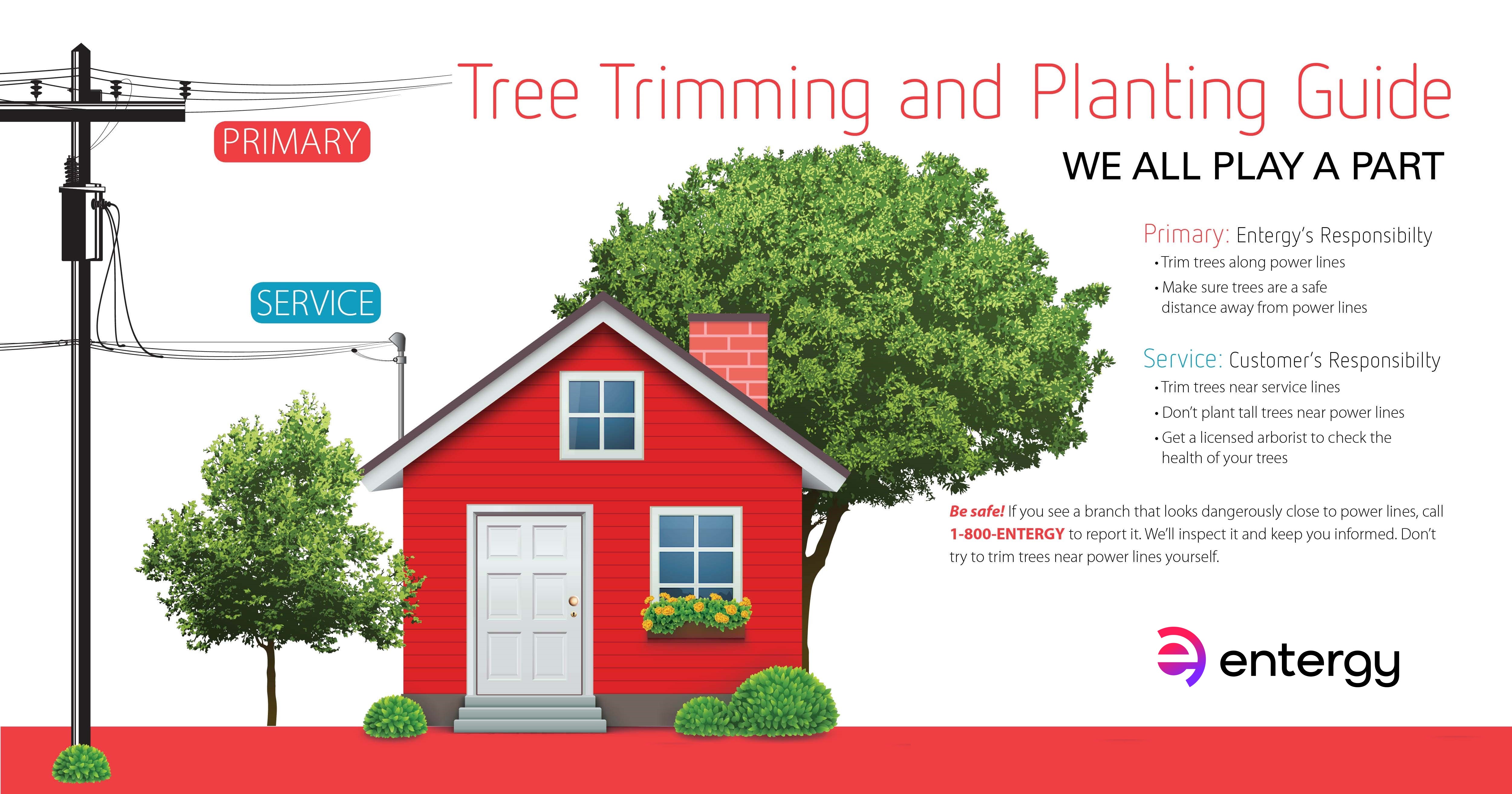Securing Your Landscape: Replanting After Tree Elimination
Securing Your Landscape: Replanting After Tree Elimination
Blog Article
Web Content By-Poulsen Gravesen
Tree elimination can leave a gap in your landscape that needs filling. You can plant something brand-new in that room, but it takes extra care and attention at the starting to help it grow.
The dirt because location will certainly maintain altering over time as microorganisms break down the old roots. That can affect the nutrition balance and physical area for new development.
garden services auckland in a plot where a tree has been removed is most likely to be very different from the rest of your garden or lawn. https://how-long-does-it-take-tre95062.blogofchange.com/29843642/the-consequences-of-cleaning-trees-a-guide-to-understanding-your-responsibilities of the old tree and the stump will have altered the dirt, getting rid of some nutrients and possibly crowding out various other plants. Additionally, if the previous tree was infected, the contagious representative may still remain in the ground.
The visibility of origins cultivates a rich and varied area of dirt bacteria that boosts vital procedures like nutrition cycling and raw material disintegration. Without these bacteria, the displaced soil can come to be less abundant and nutrient-depleted, with an adverse influence on plant development.
Before replanting, the soil needs to be removed of debris and natural material (such as timber chips from stump grinding). You might wish to mix in potting dirt or indigenous dirt with this garden compost to provide your new growing with an environment that is well balanced and full of nutrients.
Water
Tree origins absorb large quantities of water from the dirt. This procedure additionally includes nutrients back to the dirt, specifically nitrogen, which is essential for new trees and plants. However, old dirt can be depleted of these crucial minerals because of the decaying roots and stump from a removed tree.
This is why it's important to have a plan for the future of your landscape. Preferably, the most effective time to plant is when you have a clean slate.
Whether you're growing yard or blossoms, ensure to utilize a soaker pipe to prevent overwatering your brand-new landscape design. If the area was a yard, see to it to cover the soil with natural mulch to assist keep dampness in the soil, control dirt temperature levels and subdue weeds. This likewise gives a layer of defense for young plants and promotes worm task. After that, frequently replenish the mulch to continue enhancing the soil nutrient density and microbial life. This is called soil reconstruction.
Light
Trees are an excellent addition to any landscape, offering color, visual pulchritude, and lots of various other benefits. Nevertheless, sometimes trees come to be unpleasant as a result of a selection of factors, consisting of disease, insect infestations and all-natural aging.
In such situations, it may be required to remove a tree. It is very important to think about the worth of a certain tree in your landscape design and take the correct actions to make sure that the removal is done securely and successfully.
During the late summer, it's an excellent time to perform upkeep and examinations on existing trees. Seek signs of illness, insect invasions, or architectural damages, as well as any kind of possible threats such as damaged or leaning trees.
Before starting any type of building and construction tasks, make sure to safeguard the origin zones of existing trees by preventing dirt compaction and rating around them. Organic matter, as it breaks down, can create poisonous gases that are destructive to the roots of a tree. It's also a great idea to mulch the area around a tree after building has completed to preserve dampness and reduce weed development.
Temperature level
Trees are necessary to a landscape for their visual appeal, but they likewise play an essential duty in the neighborhood ecosystem by supplying color and windbreaks. They support wildlife environments and reduce the amount of carbon dioxide in the air, which can contribute to worldwide warming. This is why it is advisable to replant trees after eliminating one from the property.
When replanting arborist site -new tree in the area of a previous stump, the soil may not have adequate nutrients to sustain it. It is best to wait for a year before growing to make certain that the dirt will certainly be rich in nutrients.
To ensure that replanted trees grow, it is important to provide them with correct treatment. A layer of mulch will keep soil moisture from evaporating, manage soil temperature level, and help suppress weeds. Organic compost is the favored selection because it enhances soil fertility. Ongoing inter maintenance and bug control are also crucial for replanted trees.